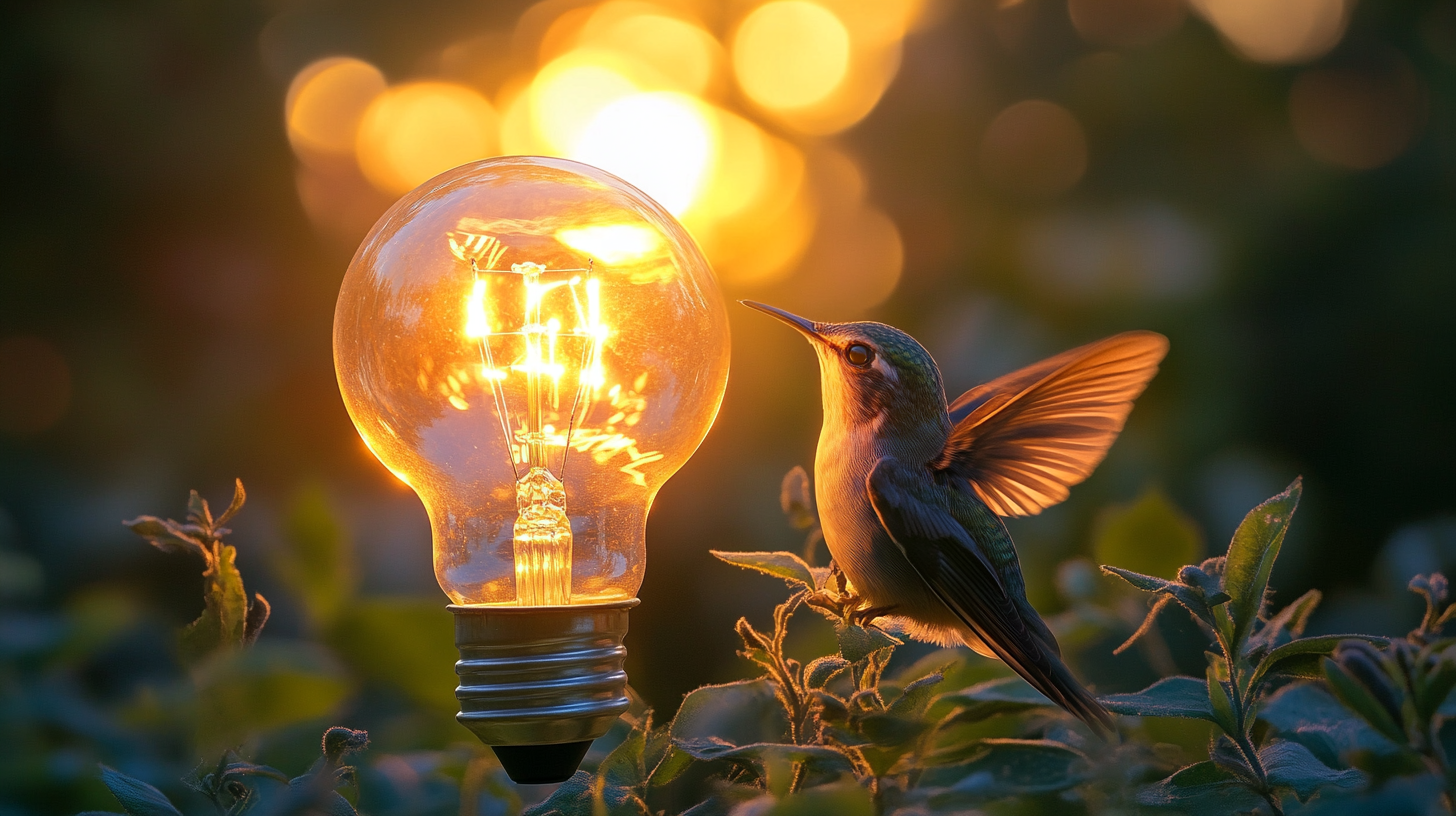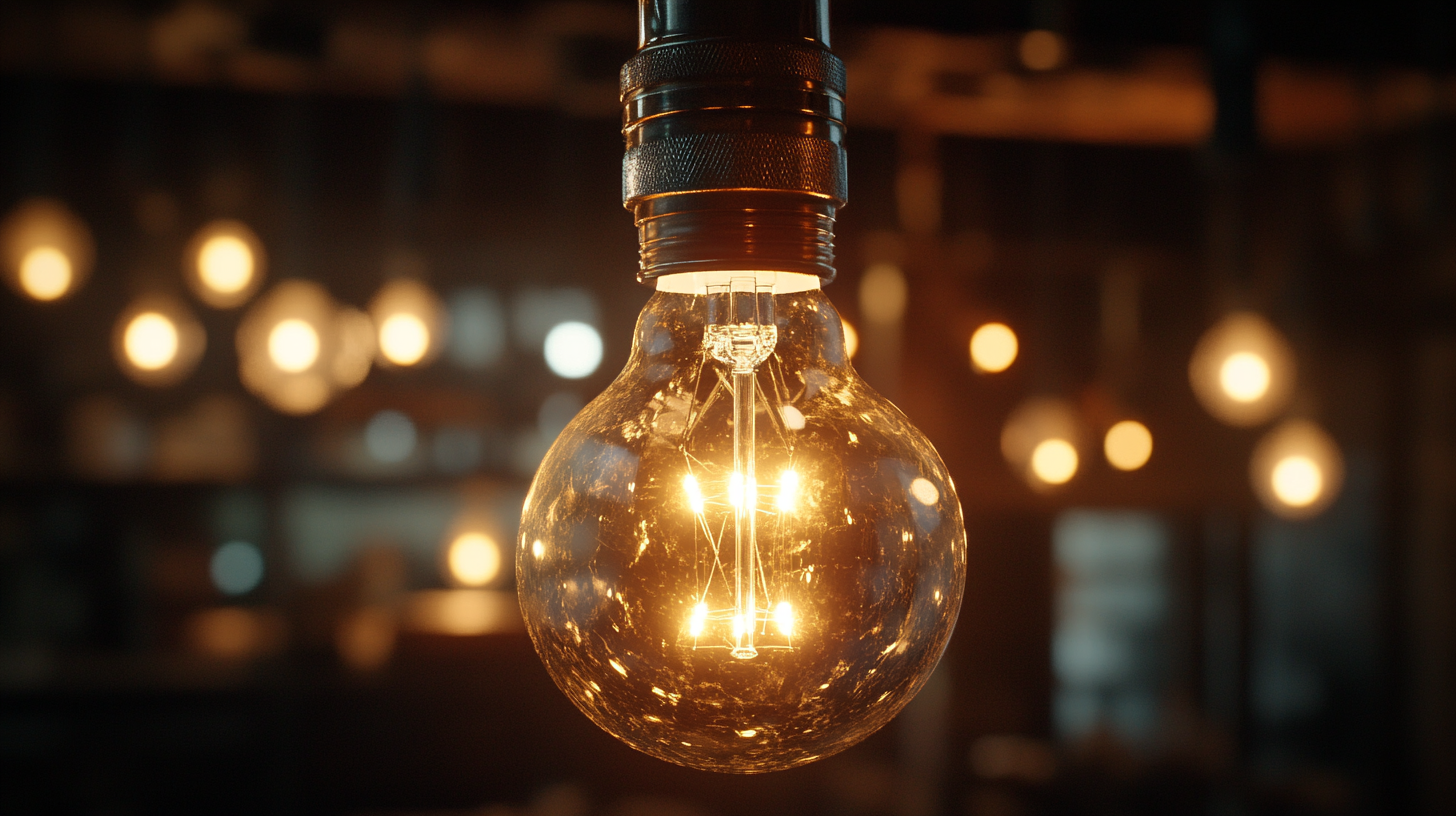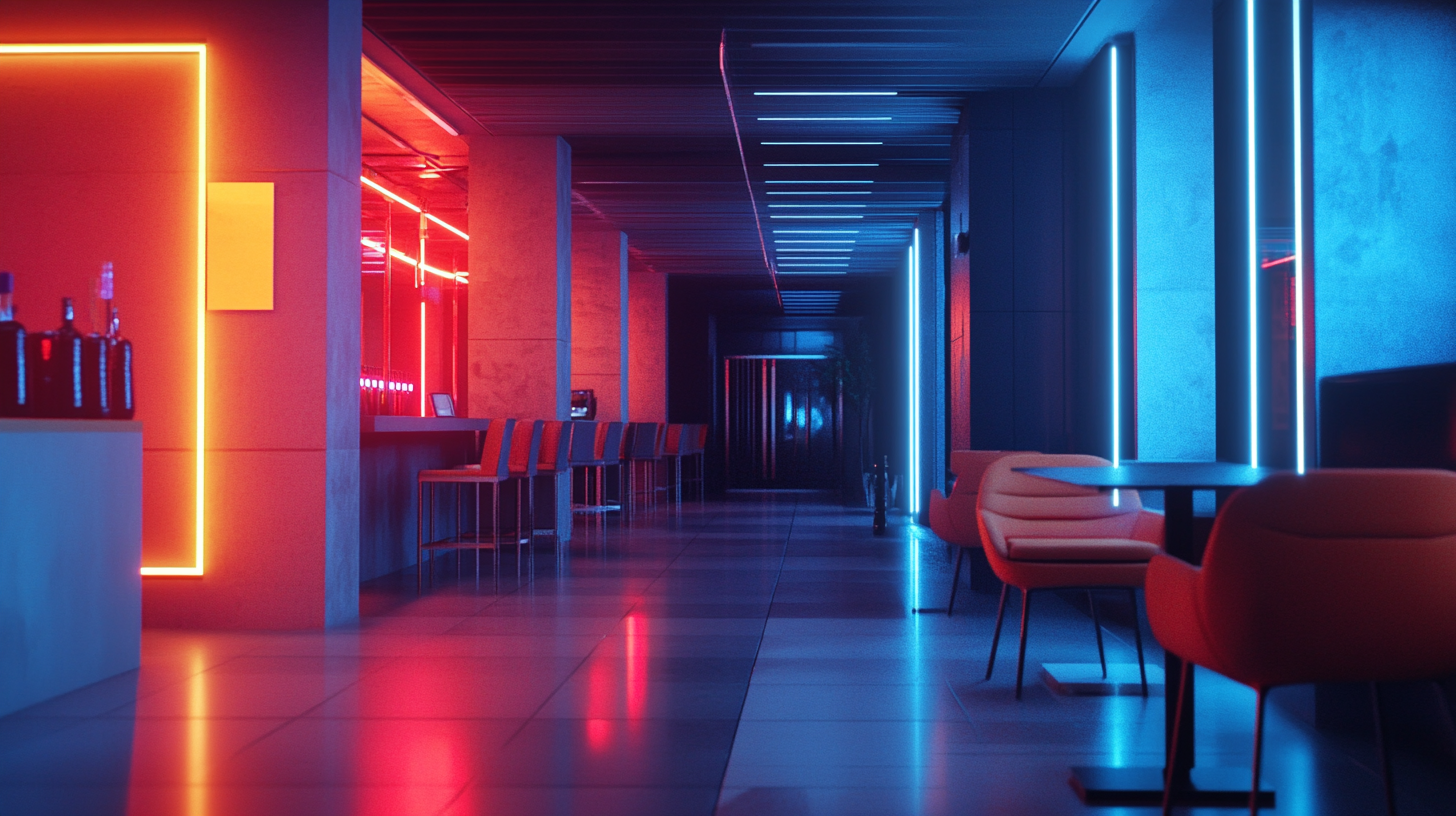Maximizing Cost Efficiency with LED Light Bulbs Through Smart Maintenance Strategies
In today's fast-paced world, efficiency is key, especially when it comes to managing operational costs. As businesses and households alike strive to reduce energy expenses, LED light bulbs have emerged as a leading solution due to their remarkable energy efficiency and longevity. However, simply switching to LED lighting isn't enough to fully capitalize on their potential cost savings. Implementing smart maintenance strategies plays a pivotal role in ensuring these innovative bulbs perform at their best, maximizing their lifespan and efficiency.
This blog will delve into how integrating proactive maintenance approaches can significantly enhance the cost efficiency of LED light bulbs. By exploring various techniques and best practices for maintaining these energy-saving devices, readers will discover how a little effort can translate into substantial financial benefits. Whether it’s through routine inspections, timely replacements, or optimizing usage patterns, these smart strategies will not only extend the life of LED light bulbs but also contribute to a greener environment and a healthier bottom line.

Understanding the Cost Benefits of LED Light Bulbs for Long-term Savings
Understanding the cost benefits of LED light bulbs for long-term savings is essential for both residential and commercial users. LED bulbs have gained immense popularity due to their remarkable energy efficiency and longevity. Unlike traditional incandescent bulbs, which convert only a fraction of energy into light, LEDs use up to 90% less energy for the same amount of illumination. This fundamental difference not only reduces electricity bills but also minimizes the carbon footprint, making LEDs an environmentally friendly choice. Beyond energy savings, the lifespan of LED bulbs plays a crucial role in cost efficiency. With an average lifespan of 15,000 to 25,000 hours, LEDs need significantly fewer replacements compared to conventional bulbs, which typically last around 1,000 hours. This extended operational life means reduced maintenance costs, as less frequent replacements lead to lower labor and material expenses—an attractive proposition for businesses that rely on consistent lighting for operations. Moreover, advancements in smart maintenance strategies, such as automated lighting systems and monitoring technologies, can further optimize performance and extend the life of LED bulbs, ensuring that the initial investment pays off over time. In summary, the cost benefits of LED light bulbs extend far beyond immediate savings on energy bills. Their energy efficiency, long lifespan, and the potential for smart maintenance create a sustainable lighting solution that contributes to significant long-term financial savings. As more individuals and businesses recognize these advantages, the shift to LED technology is becoming not just a trend, but an intelligent choice for economic and environmental sustainability.

Developing a Routine Maintenance Schedule for Optimal LED Performance
Developing a routine maintenance schedule for optimal LED performance is crucial for maximizing cost efficiency in both residential and commercial settings. Research from the Department of Energy indicates that LED fixtures can last up to 50,000 hours, significantly longer than traditional incandescent bulbs, which typically last only about 1,000 hours. However, to ensure LEDs operate at peak efficiency and longevity, regular maintenance is essential.
Creating a maintenance schedule should include periodic inspections, cleaning, and timely replacements of any failing units. Dust and grime can accumulate on LED fixtures, which can diminish light output by up to 30%. Regularly cleaning the fixtures not only enhances lighting quality but also prolongs the lifespan of the bulbs, ensuring that they continue to operate effectively over an extended period.
Moreover, monitoring the performance of LED systems helps identify when replacements are necessary before issues affect operational efficiency. According to a report from the American Lighting Association, implementing a smart maintenance strategy can reduce operational costs by up to 20% over the life cycle of the lighting system. By using smart technologies, such as LED lighting controls and sensors, facilities can optimize their lighting use, reducing both energy consumption and maintenance-related expenses.
Establishing a comprehensive maintenance protocol is an investment that pays off. By incorporating data-driven approaches and adhering to recommended maintenance timelines, organizations can enhance their lighting system performance, ultimately leading to significant cost savings and improved environmental sustainability.

Identifying Common Issues and Troubleshooting LED Light Bulbs
LED light bulbs are celebrated for their energy efficiency and long lifespan, but like any technology, they can encounter issues that may affect their performance. Identifying common problems early on can save both time and money, ensuring that your lighting remains cost-effective. One prevalent issue is flickering, which may result from loose connections or incompatible dimmers. When troubleshooting flickering bulbs, it's essential to check the fixtures and wiring for any faults, as well as consider upgrading to compatible dimming devices for smoother performance.
Another common concern is reduced brightness over time. While LED bulbs are designed to last, degradation can occur due to electrical surges or overheating. Regular maintenance, including cleaning the fixtures and ensuring proper ventilation around the bulbs, can help prevent this. If you notice a drop in illumination, replacing the bulb with a new one may also be necessary, as older LEDs can fail to deliver the expected light output.
Lastly, colored light output can sometimes shift unexpectedly. This could be due to the bulb's age or a sign of a malfunction. It’s crucial to monitor the color quality and respond promptly if you notice any changes. Keeping spare bulbs on hand and conducting periodic inspections will ensure that any issues are quickly addressed, allowing you to maintain an efficient lighting system and extend the life of your LED investments.

Utilizing Smart Technology for Efficient Monitoring and Maintenance
In today's fast-paced technological landscape, maximizing cost efficiency with LED light bulbs necessitates the integration of smart technology for more efficient monitoring and maintenance. Recent reports indicate that LED lighting can reduce energy consumption by up to 80% compared to traditional incandescent bulbs, making them an essential component of sustainable business practices. However, the real game changer lies in utilizing smart technology to monitor these systems actively.
Implementing smart technology allows businesses to track the performance and lifespan of LED bulbs in real-time. According to a study by the Department of Energy, advanced lighting controls can increase energy savings by an additional 25-30%. This proactive approach enables organizations to schedule maintenance before failure occurs, significantly reducing operational disruptions and extending the life of their lighting systems. For instance, smart sensors can detect when a bulb is nearing the end of its life, alerting maintenance teams to perform timely replacements.
Moreover, the adoption of IoT (Internet of Things) solutions in lighting management presents opportunities for predictive maintenance. A report from Gartner suggests that predictive analytics can decrease maintenance costs by 30% through better planning and resource allocation. Smart lighting systems, equipped with data analytics capabilities, can gather usage patterns to optimize energy consumption further, ensure that lighting is used only when necessary, and align with occupancy schedules.
In summary, the utilization of smart technology in monitoring and maintaining LED lighting systems is not just about reducing costs; it drives efficiency through enhanced capabilities and smarter resource management. By making informed decisions based on real-time data, companies can achieve significant savings and contribute to a more sustainable environment.
Training Staff on Best Practices for Maintaining LED Lighting Systems
Training staff on best practices for maintaining LED lighting systems is crucial for maximizing cost efficiency in any facility. According to a report by the U.S. Department of Energy, LED lights use at least 75% less energy than traditional incandescent lighting and have an exceptional lifespan of up to 25,000 hours. However, the efficacy of these energy-saving devices significantly depends on proper maintenance practices. Staff equipped with knowledge on maintenance routines can ensure optimal performance and longevity of these systems.
Regular training sessions that focus on the components of LED systems—such as drivers and heat sinks—can empower staff to recognize signs of wear or malfunction early. The Illuminating Engineering Society reports that well-trained maintenance teams can extend the average lifespan of LED bulbs by up to 30%. This not only reduces replacements and waste but also enhances safety and productivity within the workspace.
Furthermore, integrating a smart maintenance strategy can track the performance of lighting systems. Data from a recent industry study showed that organizations implementing such strategies could save as much as 20% on annual lighting costs. By fostering a culture of proactive maintenance and continuous learning, businesses can leverage the full benefits of LED technology while contributing to sustainability goals.


